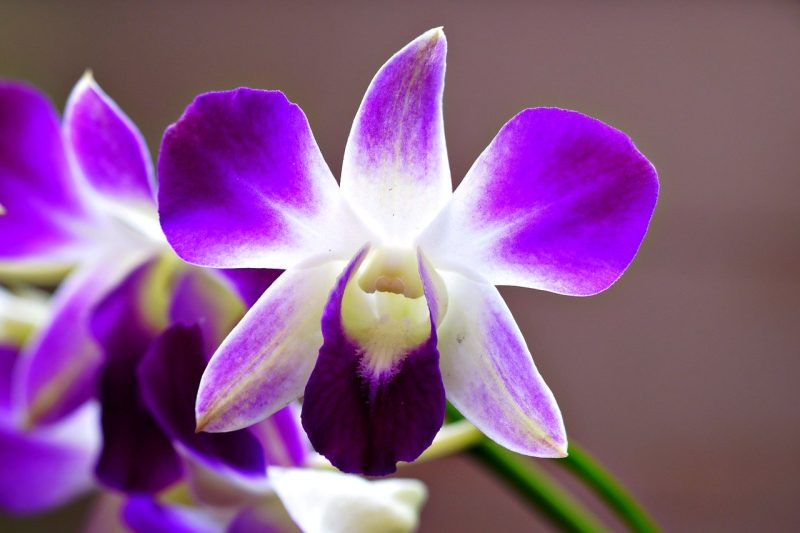As the cold weather sets in and the days grow shorter, many people begin to feel the effects of winter—particularly in the form of dry air and less natural light. If you’re on the lookout for some hardy indoor plants that thrive in winter conditions, look no further. Here are twenty plants that are perfect for your indoor space during the colder months.
Cyclamen
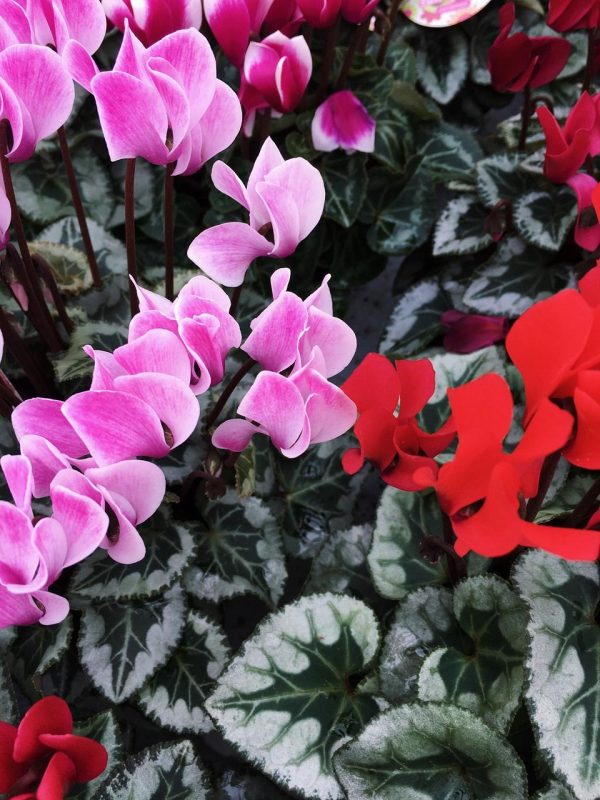
Cyclamen is a charming winter-blooming plant known for its heart-shaped leaves and stunning flowers that come in various shades including pink, red, and white. It thrives in cooler temperatures and prefers bright, indirect light. While it enjoys moisture, it’s crucial to avoid water on the tuber to prevent rot, making it a unique yet rewarding indoor plant for winter.
Amaryllis
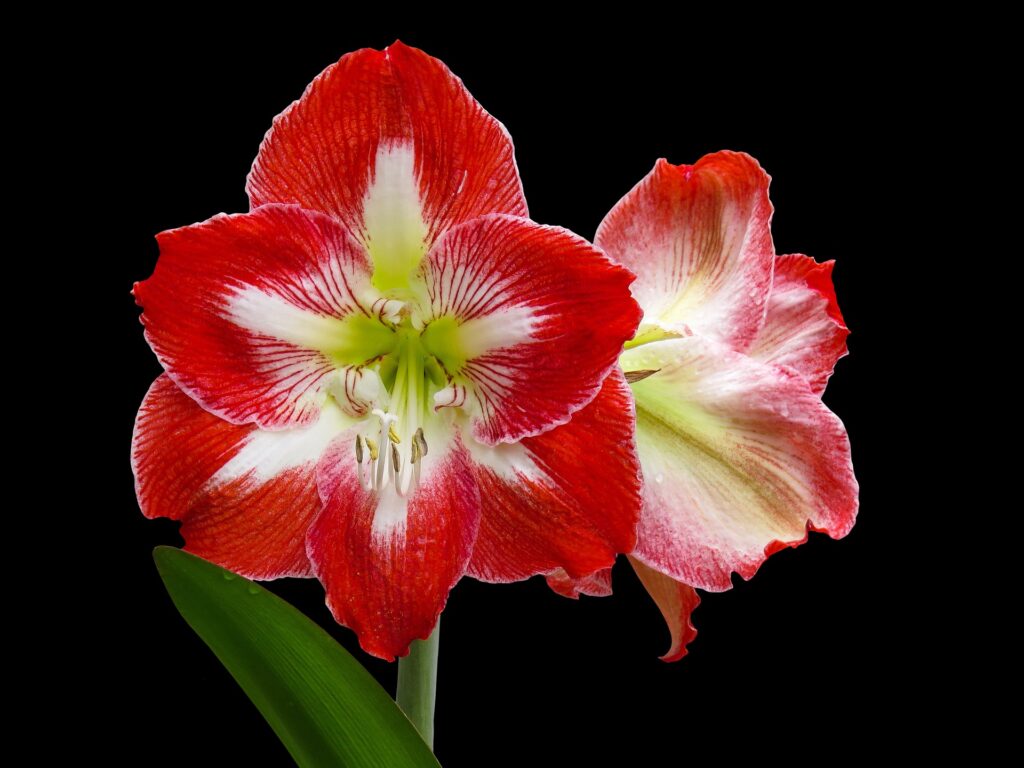
Amaryllis bulbs are popular for their spectacular trumpet-shaped flowers that bloom during the winter months. These bulbs are typically forced indoors and can add vibrant color to your home when most other plants are dormant. They thrive in bright, indirect sunlight and can be a wonderful way to brighten your indoor space during the colder months.
African Violet
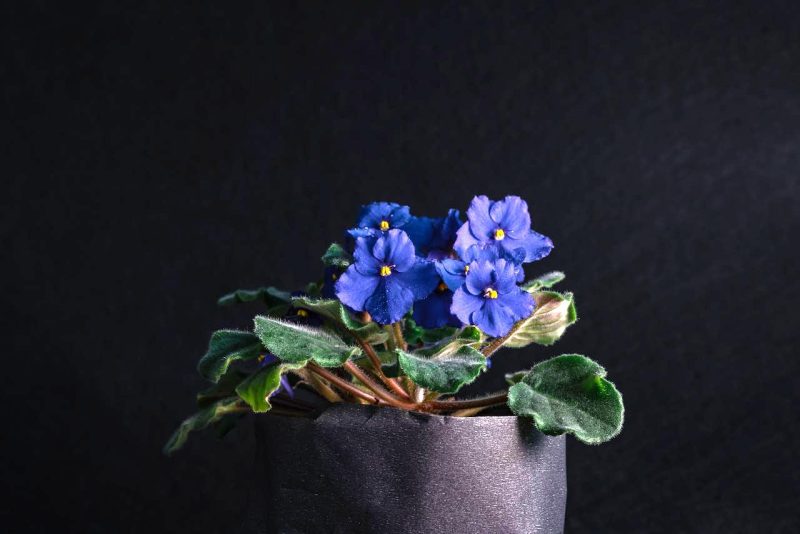
African Violets are beloved for their colorful blooms and fuzzy leaves. These petite plants can flower year-round, but they are especially popular during winter. They prefer moderate light, consistent moisture, and a bit of humidity, making them suitable for indoor conditions. With various colors available, they bring cheerfulness to any room.
Christmas Rose (Hellebore)
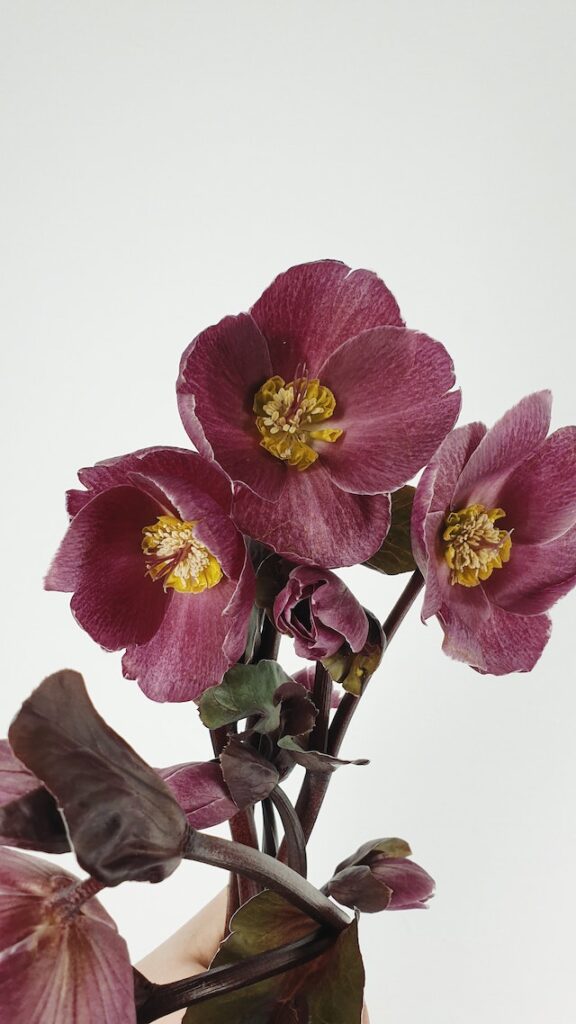
While traditionally grown in gardens, Christmas Roses can be brought indoors to enjoy their winter blooms. They produce lovely, nodding flowers in late winter to early spring and thrive in cool indoor environments. Place them in a spot with indirect sunlight, and keep their soil evenly moist for the best results.
Guzmania Bromeliad

Guzmania Bromeliads are known for their vibrant, elongated flowers that can last for months. These plants thrive in indirect light and prefer to be watered in their rosette base rather than from above. Their colorful flowering bracts provide an eye-catching display during the winter, ensuring your space remains lively and vibrant.
Kalanchoe

Kalanchoe is a succulent that produces stunning clusters of flowers during the winter months. They come in various colors and are known for their low maintenance needs. Place Kalanchoe in a bright spot with indirect sunlight and water it thoroughly when the soil is dry to keep it healthy and blooming.
Clivia

Clivia is a beautiful, hardy plant that produces clusters of trumpet-shaped flowers that bloom in late winter to early spring. It prefers bright, indirect light and can tolerate cooler indoor temperatures. Clivia is low-maintenance, requiring only occasional watering once established, making it an excellent choice for winter blooms.
Orchid Cactus
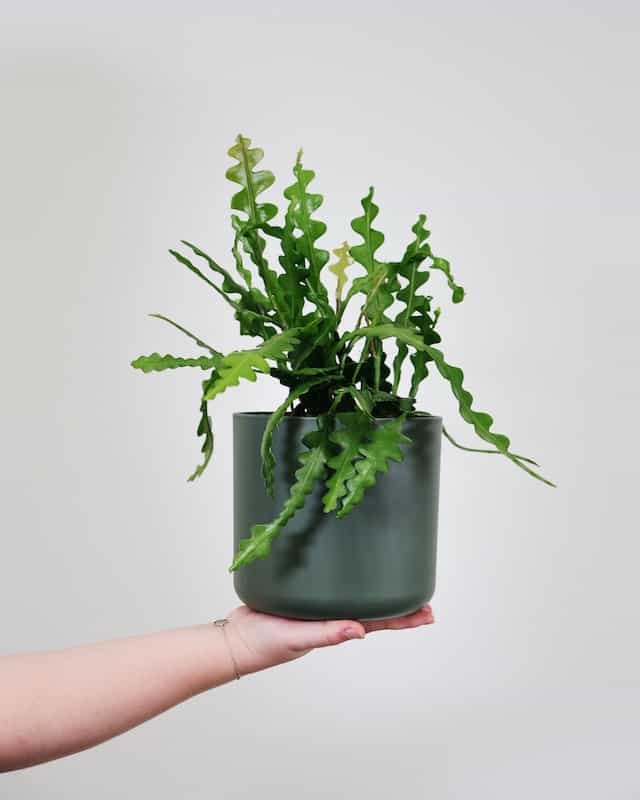
Despite its name, the Orchid Cactus (Epiphyllum) is a unique and beautiful flowering plant that blooms during the winter months. When given plenty of bright, indirect sunlight and minimal watering, it produces striking flowers that can last for days, bringing color and interest to your indoor garden.
Goldfish Plant
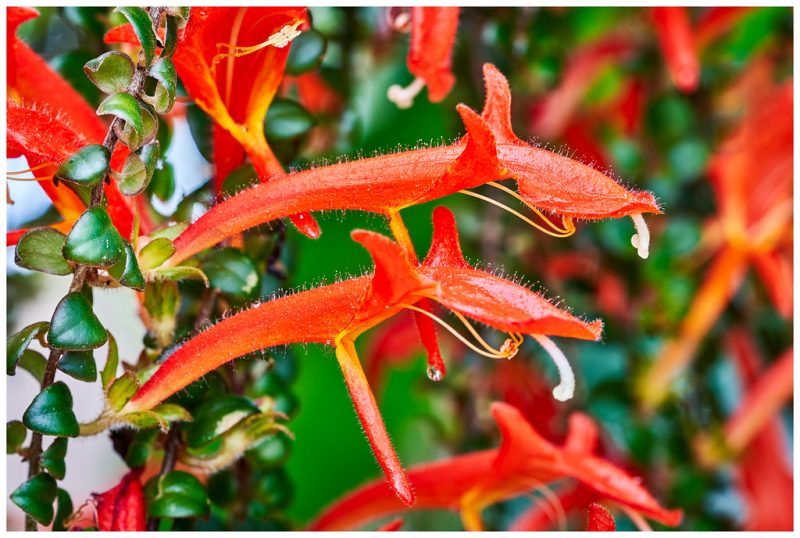
The Goldfish Plant (Columnea) derives its name from its unusual orange or red pendant-like blooms that resemble goldfish. It prefers bright, indirect light and moderate humidity, thriving during winter months when it’s given consistent moisture. With care, this plant can become a stunning addition to your home, showcasing unique flowers.
Paperwhite Narcissus

Paperwhite Narcissus bulbs are a popular choice for winter blooming. With their fragrant white flowers, they bloom indoors quickly and can fill your home with their delightful scent. They thrive in bright light and need consistent moisture, making them a seasonal favorite.
Peruvian Lily (Alstroemeria)
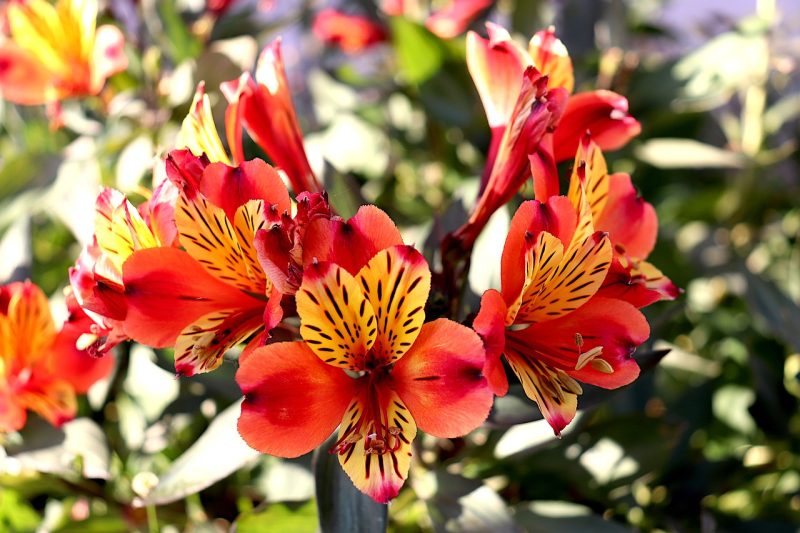
Peruvian Lilies are colorful and resilient plants that can be grown indoors. They produce cheerful flowers that can bloom in various colors during the winter months. They prefer bright light and moderate watering, and with the right conditions, they can bring a lively touch to your indoor garden.
Hoya (Wax Plant)
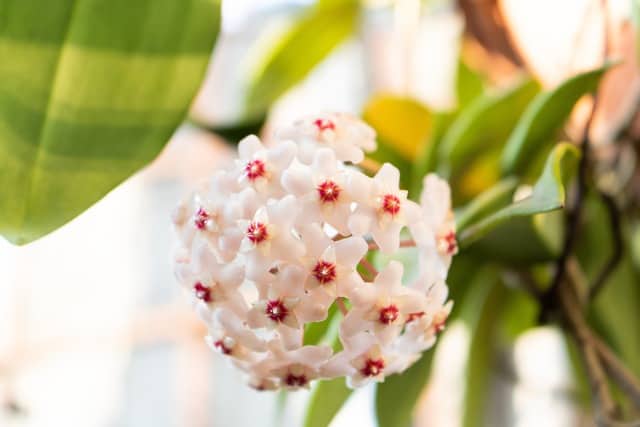
Hoya plants are well-known for their thick, waxy leaves and fragrant clusters of star-shaped flowers. While they don’t bloom throughout winter, many varieties bloom in the cooler months. They thrive in bright, indirect light and prefer to dry out between waterings, making them ideal for cooler indoor climates.
Sago Palm
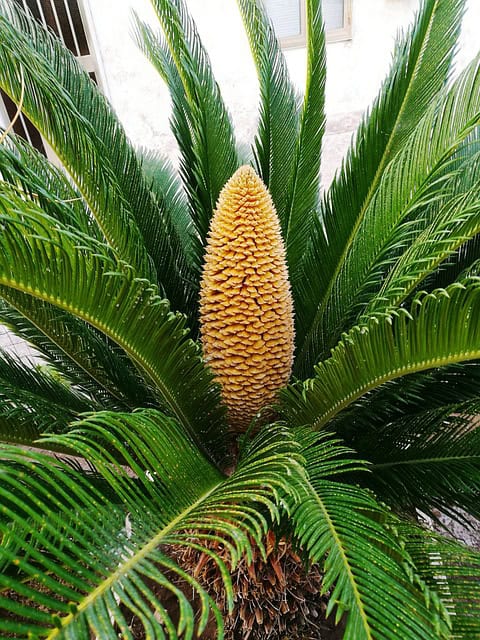
While not a true palm but a cycad, the Sago Palm is hardy and adds a tropical flair to your collection. Its feathery, stiff leaves can tolerate cool temperatures and dry conditions. It requires bright, indirect light and infrequent watering to thrive. Although it doesn’t bloom in the traditional sense, its unique foliage contributes to an exotic indoor aesthetic during winter months.
Christmas Cactus (Schlumbergera)

Distinct from the standard cactus, the Christmas Cactus blooms during the winter holidays, often featuring vibrant pink, red, or white flowers. This easy-care plant prefers bright, indirect light and moderate watering, allowing the soil to dry slightly between waterings. It’s a delightful addition to any indoor garden during the festive season.
Jade Tree

The Jade Tree (Crassula ovata) is a popular succulent that can thrive in dry indoor climates. Though it doesn’t flower excessively, it can develop clusters of small pink or white flowers in winter when given the right conditions. It requires plenty of sunlight and infrequent watering, making it a resilient choice for those navigating the dry winter indoor climate.
Lipstick Plant
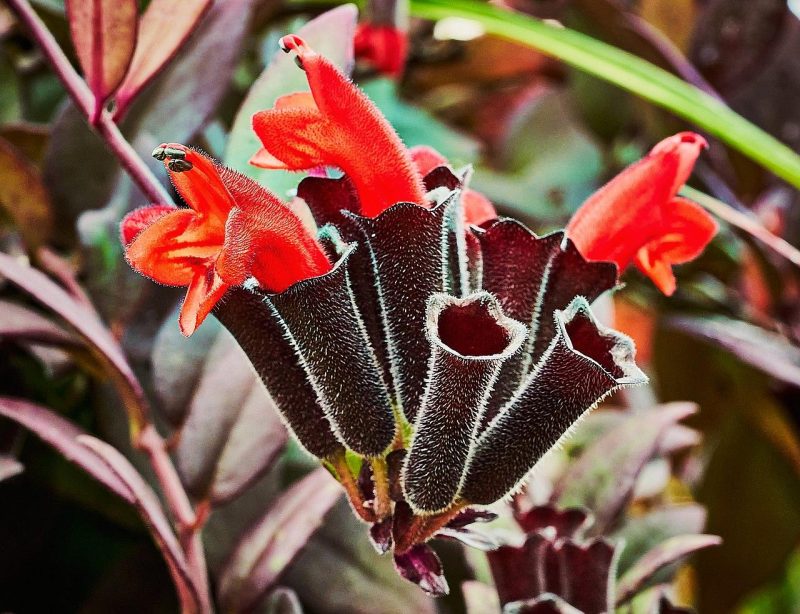
Another winter flowerer, the Lipstick Plant (Aeschynanthus radicans), is known for its tubular red or orange blooms that resemble lipstick. It thrives in bright, indirect light and prefers moderate humidity, making it particularly well-suited for homes with higher moisture levels. With proper care, this plant can produce blooms during the winter, adding a pop of color to your home.
Starfish Plant (Orbea)
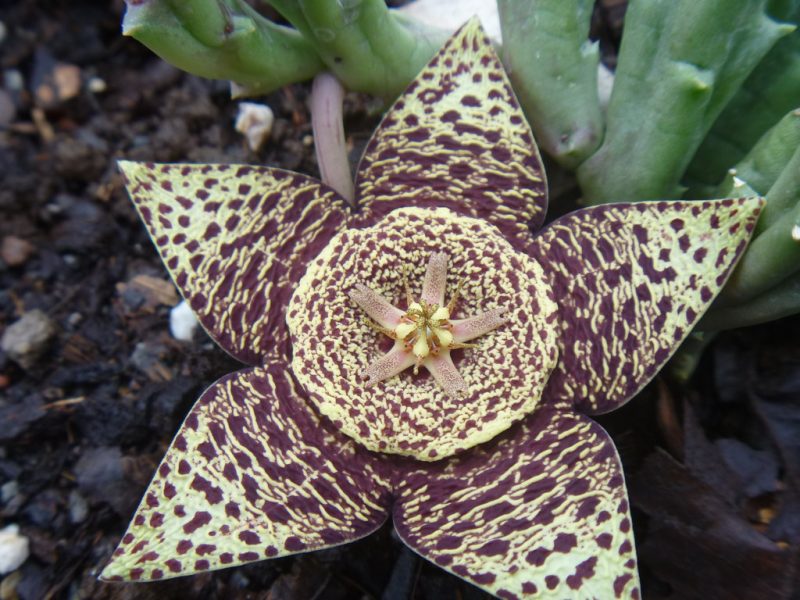
The Starfish Plant, or Orbea, is a unique succulent that produces star-shaped flowers with a strange allure. While its blooms are more common in warmer months, with the right care, it can produce flowers during winter, adding an intriguing element to your plant collection. It thrives in bright, indirect light and requires infrequent watering, making it a low-maintenance option for winter.
Christmas Orchid
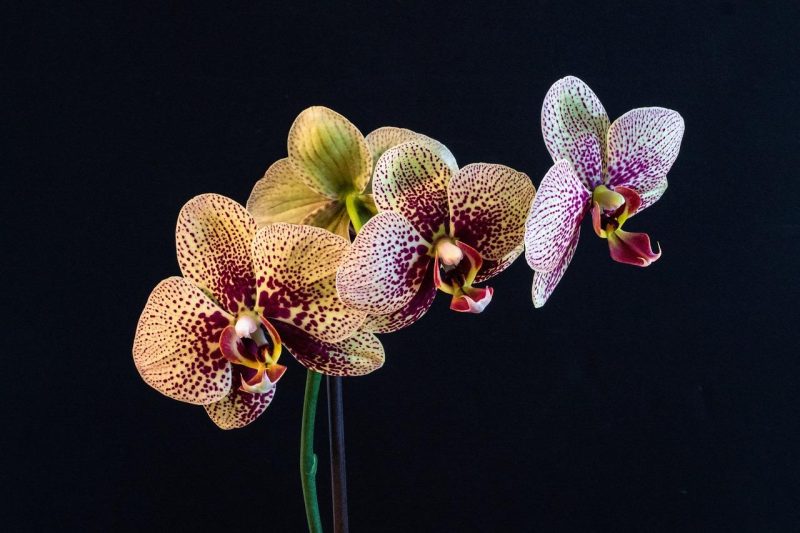
When discussing winter-blooming plants, the Christmas Orchid, or Phalaenopsis orchid, deserves mention. Known for its stunning, long-lasting blooms, it thrives in cooler conditions and prefers indirect light. During the winter months, providing it with the proper cultural care leads to beautiful flowering, making it a favorite for indoor gardening.
Wandering Jew (Tradescantia)
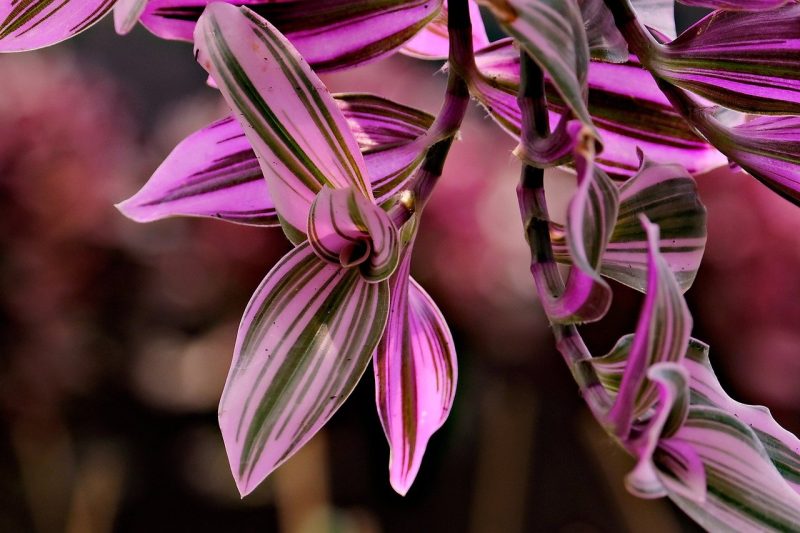
Wandering Jew (Tradescantia) is a perennial plant known for its colorful, trailing vines with purple and green patterned leaves. While it flowers, its ornamental foliage remains appealing throughout winter. This resilient plant thrives in bright, indirect sunlight but can tolerate lower light and dry conditions, making it a versatile choice for indoor environments.
Orchid Variants (like Dendrobium)
While not all orchids bloom during winter, specific varieties such as Dendrobium orchids reward indoor gardeners with gorgeous, long-lasting flowers during the colder months. These orchids require bright light and regular watering to keep them healthy. Their exotic blooms can add an air of elegance and sophistication to your home.
Snake Plant
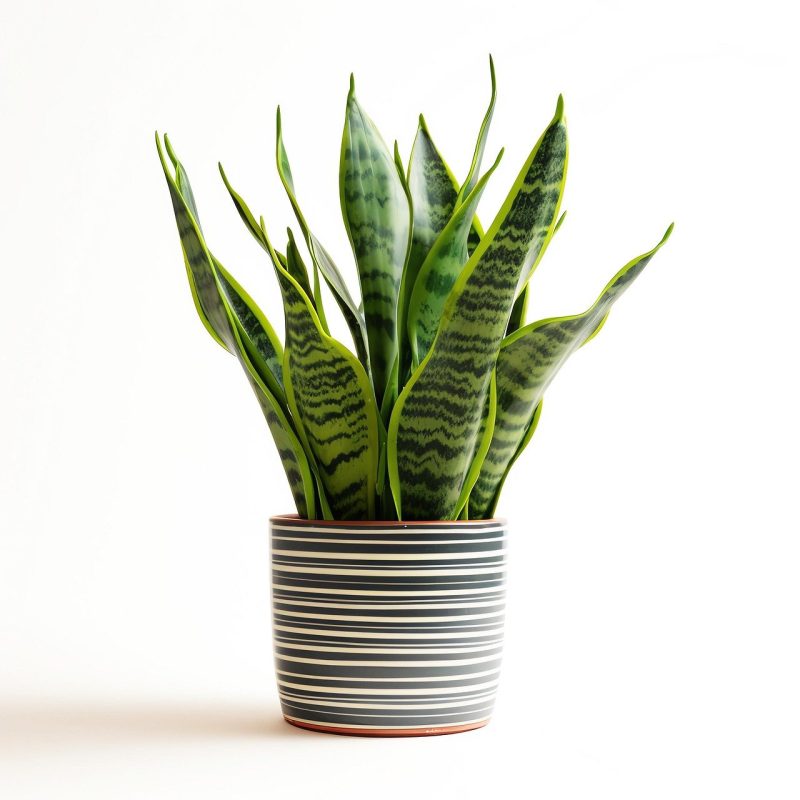
The Snake Plant, also known as Sansevieria, is one of the toughest indoor plants you can find. With its upright, sword-like leaves, it adds a modern touch to any room. This plant is incredibly low-maintenance and can tolerate low light and infrequent watering. It also has air-purifying qualities, making it an excellent choice for improving your indoor environment during the winter months.
Pothos
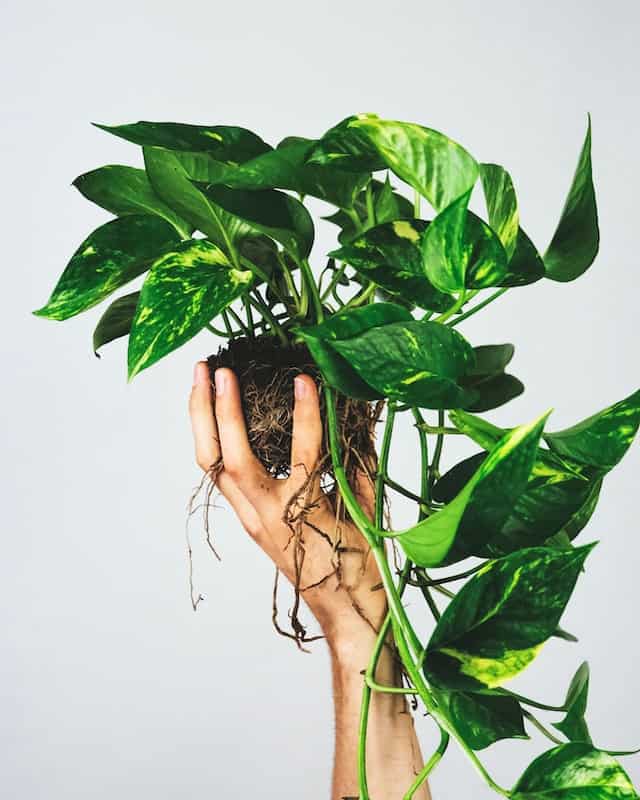
Pothos is a versatile trailing plant that works well in almost any indoor setting. Its heart-shaped leaves can be variegated or solid green, offering a splash of color to drab winter days. Pothos thrives in low-light conditions and can tolerate a missed watering or two, making it ideal for busy individuals. Plus, it’s an excellent air purifier, helping to remove toxins from your home.
ZZ Plant
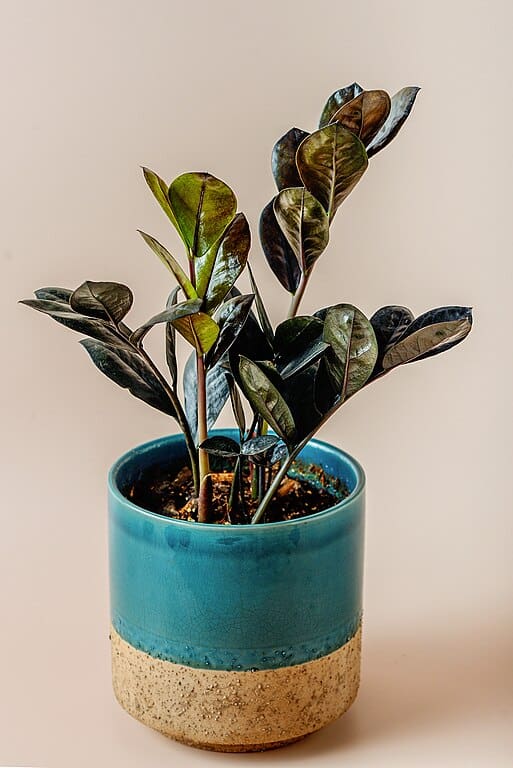
The ZZ Plant, or Zamioculcas zamiifolia, is a popular choice for its glossy, attractive foliage. This plant can survive in low-light conditions and requires very little water, making it incredibly resilient. Even if you forget to water it for weeks on end, the ZZ Plant will bounce back. Its hardiness makes it perfect for winter when we’re all a little forgetful.
Spider Plant
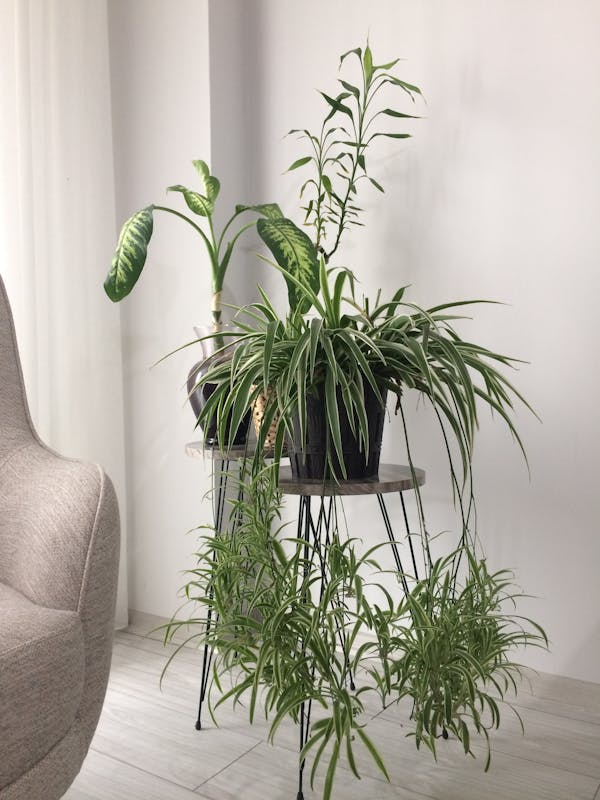
Spider Plants are visually striking with their arching leaves and baby “spiders” that cascade down from the mother plant. They thrive in bright, indirect light but can adapt to lower light levels. Spider Plants are known for their air-purifying properties and can help alleviate indoor air pollution, which can be a concern during the winter months when windows are often shut tight.
Peace Lily
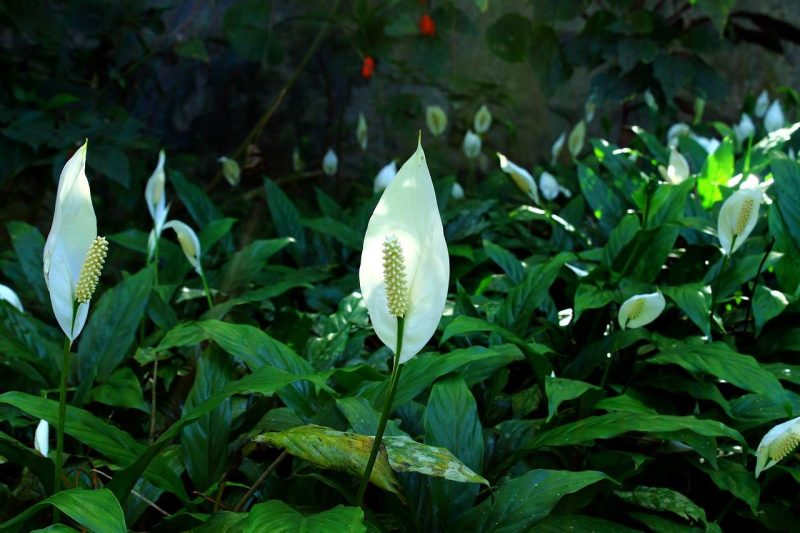
Peace Lilies are cherished for their simple elegance and stunning white blooms. They prefer moderate to low light and enjoy humidity, making them great companions during dry winter months. Peace Lilies are also effective at filtering out airborne toxins. Just be careful, as they are toxic to pets if ingested, so be sure to place them out of reach.
Rubber Plant
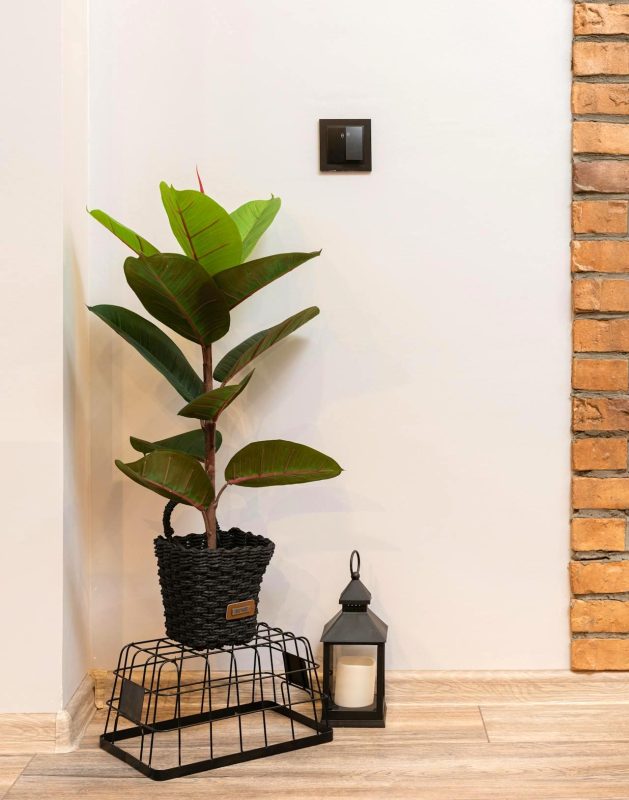
With its large, glossy leaves, the Rubber Plant adds a touch of sophistication to any indoor environment. This plant prefers bright, indirect light and requires moderate watering. It’s known for its ability to absorb toxins from the air, making it both a stylish and health-conscious choice for winter gardening.
Dracaena
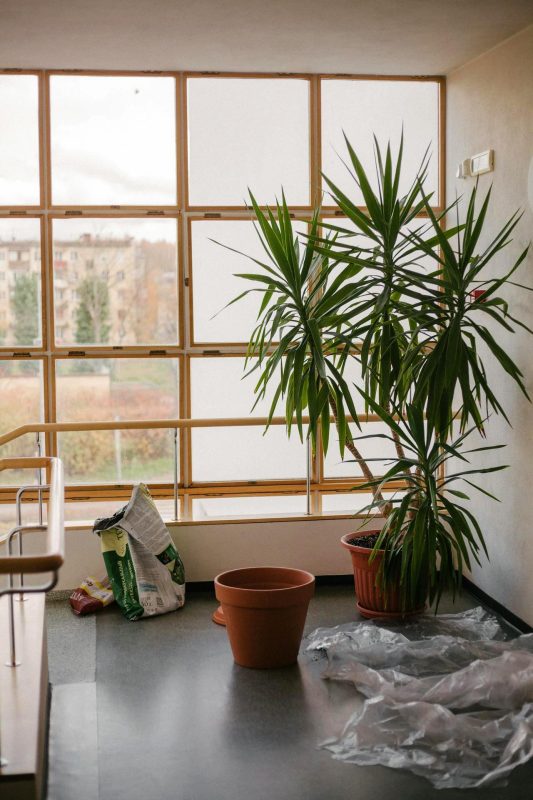
Dracaena is a diverse genus of plants, with several varieties thriving indoors. These plants can tolerate low light and irregular watering. Dracaenas are available in a range of colors and leaf shapes, allowing you to choose one that fits your decor. They can also help filter out pollutants, making them great for improving indoor air quality.
Parlor Palm
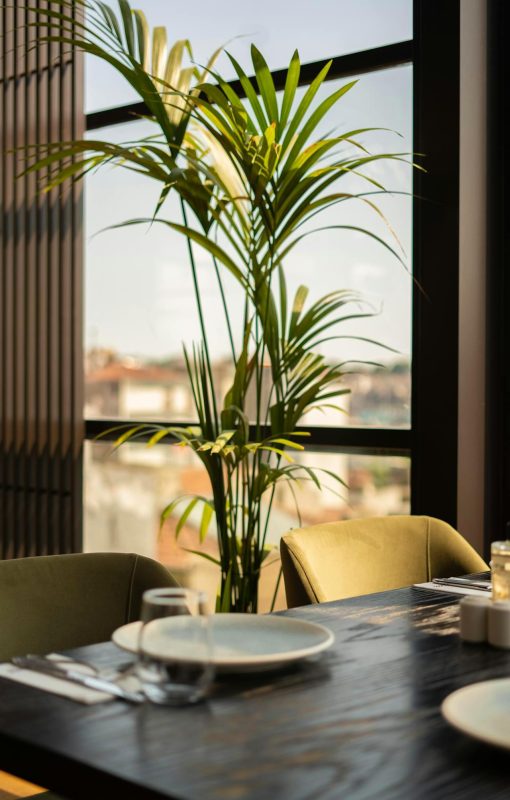
The Parlor Palm is a fantastic choice for indoor spaces during winter. It thrives in low light and only requires occasional watering, making it easy to maintain. Its feathery fronds bring a touch of the tropics inside, brightening dreary winters. The Parlor Palm also emits moisture, which can help combat dry winter air.
Chinese Evergreen
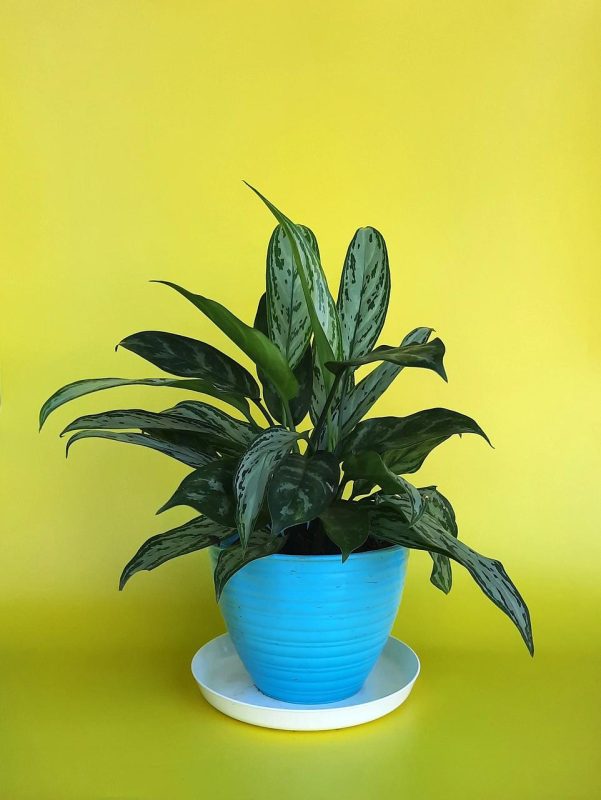
Chinese Evergreen, or Aglaonema, is a hardy plant known for its beautiful foliage, which comes in various colors and patterns. It’s perfect for low-light conditions and requires minimal care, making it ideal for beginners. This plant is also known for its air-purifying qualities, helping to refresh your indoor environment.
Philodendron
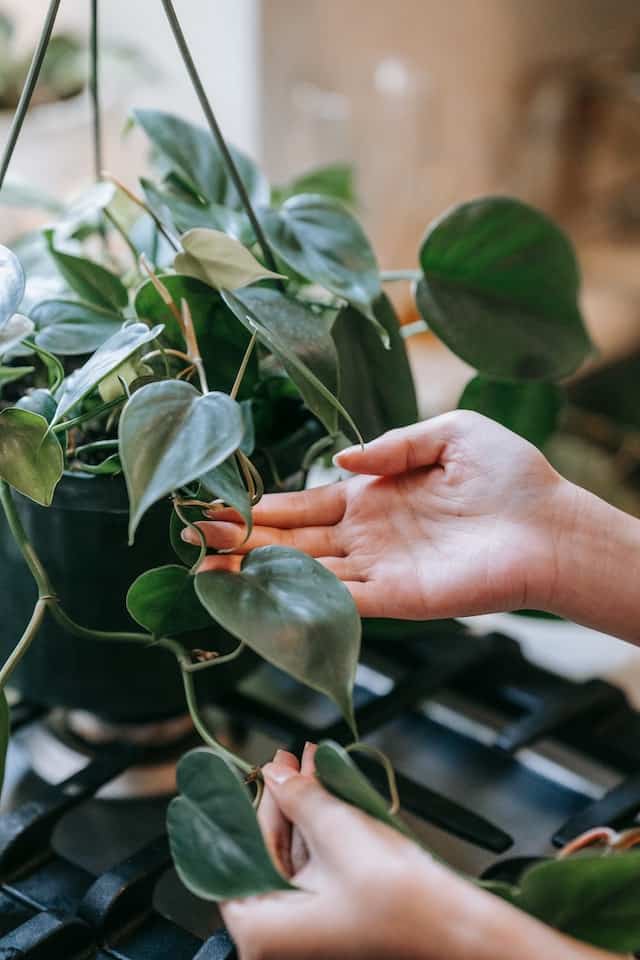
Philodendrons are beloved for their lush foliage and flexibility in various environments. They thrive in low to moderate light and enjoy a bit of humidity. Philodendrons are very forgiving, making them perfect for busy lifestyles, and their ability to clean the air makes them an excellent winter companion.
Christmas Cactus
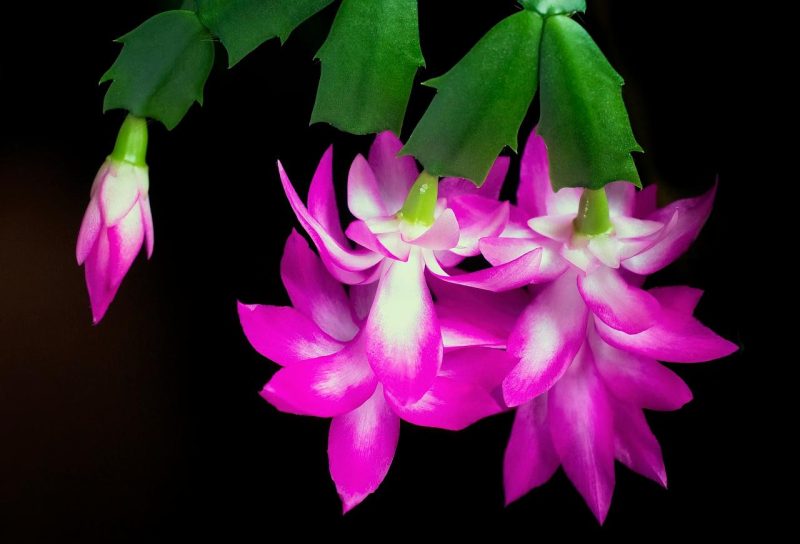
A unique addition during the winter months, the Christmas Cactus blooms with colorful flowers in December. Unlike traditional cacti, it enjoys humidity and indirect light, making it a great indoor plant. With proper care, it can thrive for decades, producing beautiful blooms year after year to brighten up your winter.
Cast Iron Plant
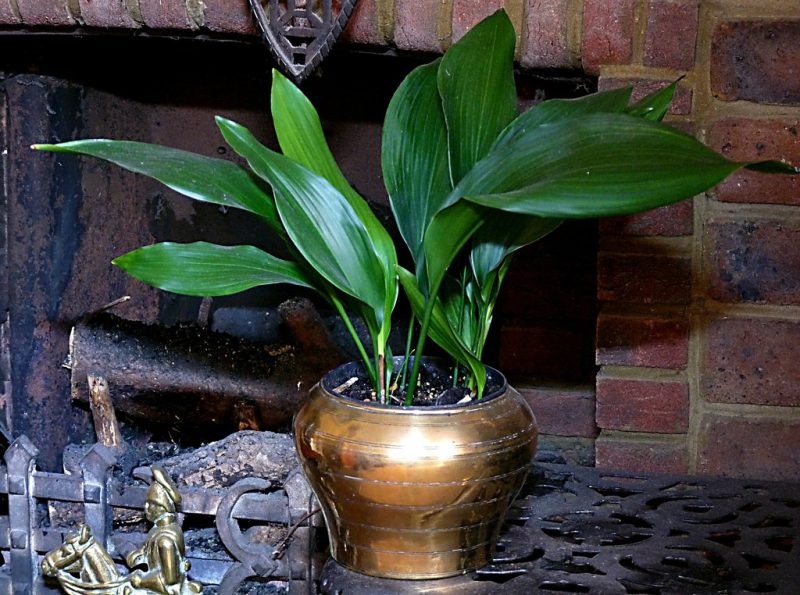
As its name suggests, the Cast Iron Plant (Aspidistra) is known for its durability. It can survive in dim light and with minimal water—perfect for those who may forget to tend to their plants regularly. With its broad, green leaves, it adds a rustic touch to indoor spaces while requiring very little care.
Fiddle Leaf Fig
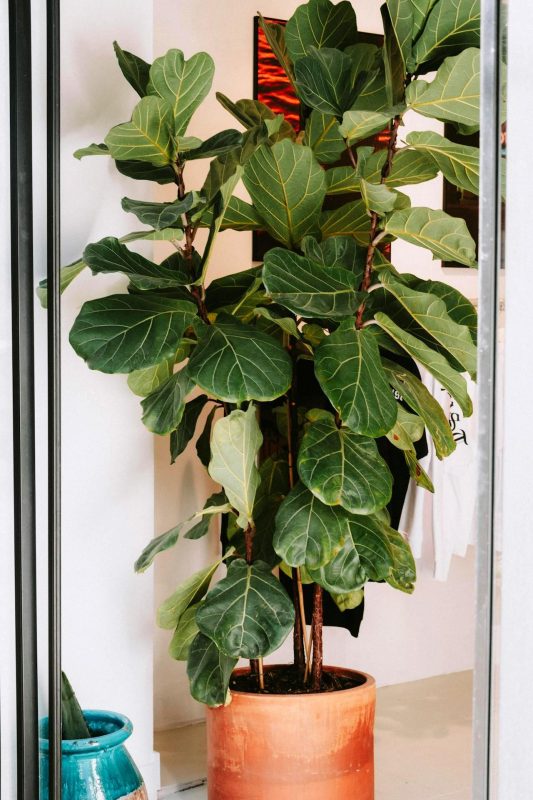
The Fiddle Leaf Fig has gained popularity for its dramatic, oversized leaves that can create a statement in any room. This plant prefers bright, indirect light and needs a bit more attention than some of the other plants mentioned, particularly in terms of watering and humidity. However, with the right conditions, it can thrive indoors during the winter, bringing a vibrant touch of greenery that can uplift any space. It does well in well-draining soil and can make a striking focal point in your home.
Boston Fern
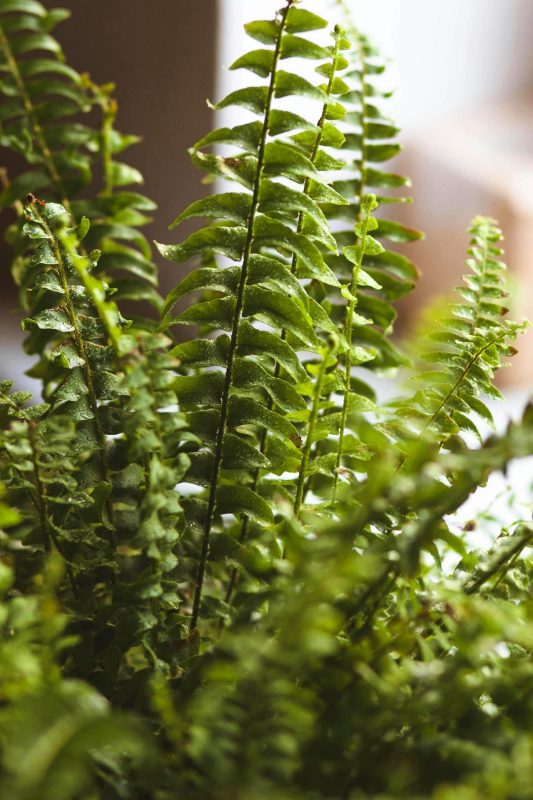
Boston Ferns are known for their lush, feathery fronds that can add a wonderful texture to your indoor space. They thrive in humid conditions and prefer indirect light, making them a great choice for bathrooms or kitchens where humidity is naturally higher. During winter, you’ll need to keep their soil moist and mist their leaves frequently to maintain humidity levels. Their air-purifying qualities make them a great partner in combating stale indoor air.
Aloe Vera
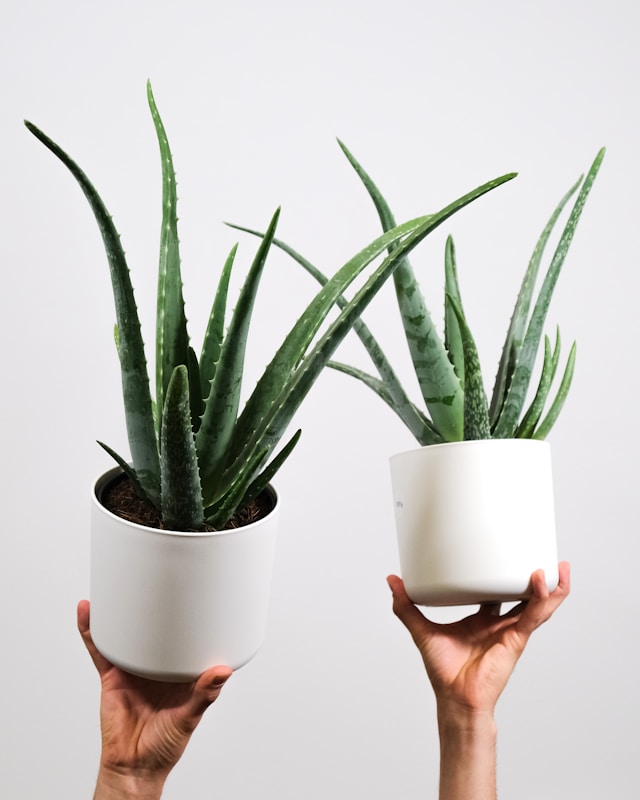
Aloe Vera is a succulent that not only beautifies your space but also has numerous health benefits. This hardy plant thrives in bright, indirect light and needs very little water—perfect for the dry winter months. Aloe Vera’s gel is renowned for its soothing properties on burns and skin irritations, making it a practical addition to your home.
Kentia Palm

The Kentia Palm adds an exotic flair while being relatively easy to care for. It prefers low to medium light and only requires occasional watering, making it hassle-free. This palm can help purify the air and adds a stylish touch to any room, making it perfect for winter decor.
Nerve Plant
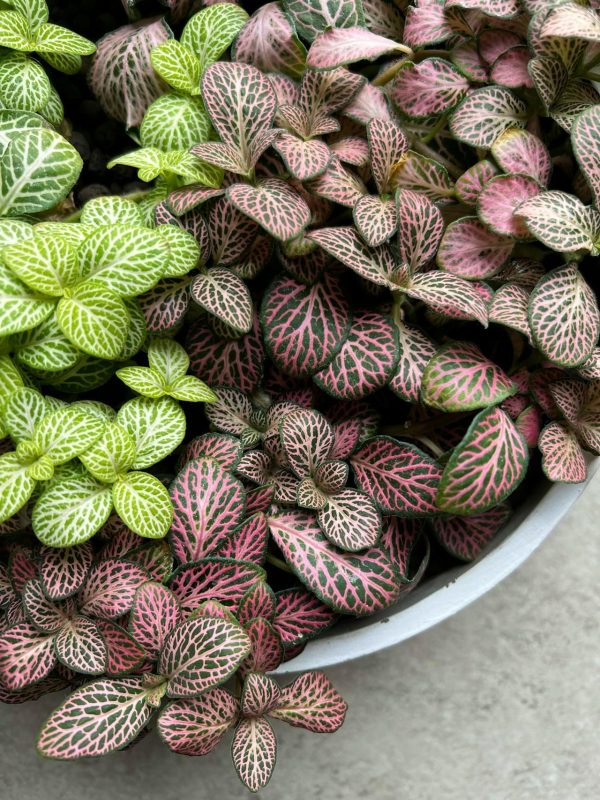
The Nerve Plant (Fittonia) features striking, colorful veins on its leaves that make a significant visual impact. It prefers high humidity and indirect light, making it ideal for warmer indoor spaces. While it may require a little more attention in terms of humidity and watering, its unique foliage can brighten up your room during the cold months.
Money Tree
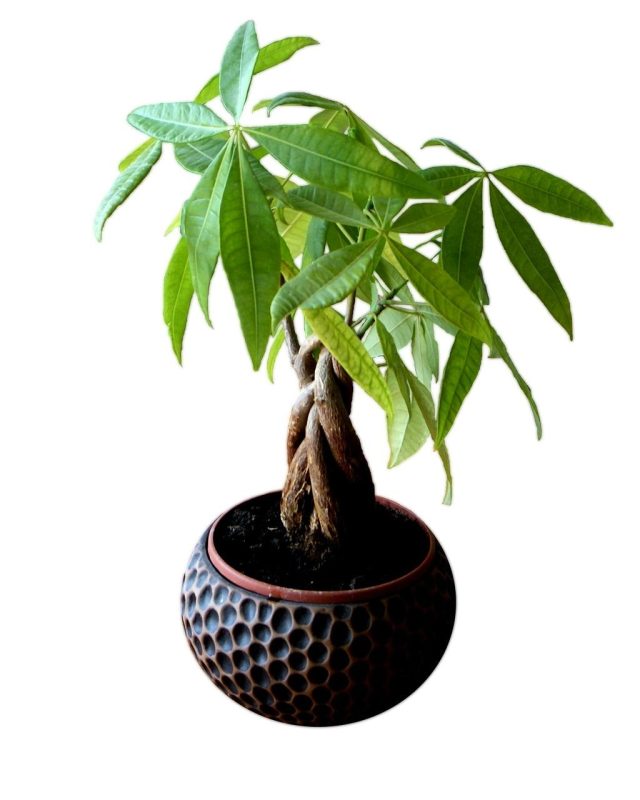
The Money Tree is not only known for its attractive braided trunk and glossy leaves, but it also carries the symbolism of good luck and prosperity. This plant prefers indirect light and moderate watering, thriving in the humidity of a well-kept indoor climate. With its positive connotations and low maintenance needs, it makes for a wonderful addition to any winter indoor plant collection.
Dumb Cane
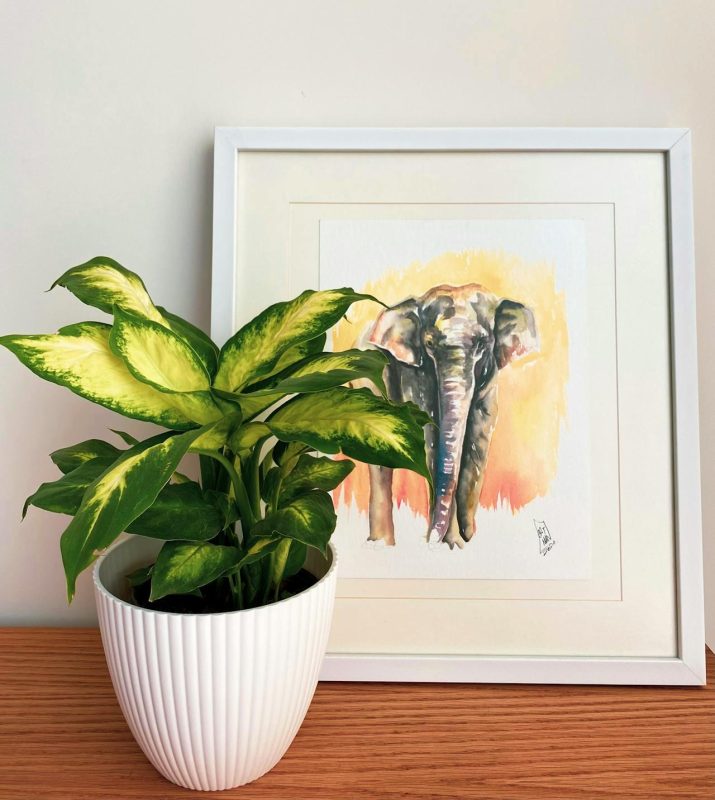
Dumb Cane, or Dieffenbachia, is a popular houseplant known for its bold, patterned leaves. While it prefers bright, indirect light, it can also tolerate low light conditions. Just be cautious around pets and children, as it can be toxic if ingested. Its striking appearance adds a touch of elegance to your indoor space, perfect for dreary winter days.
Maidenhair Fern
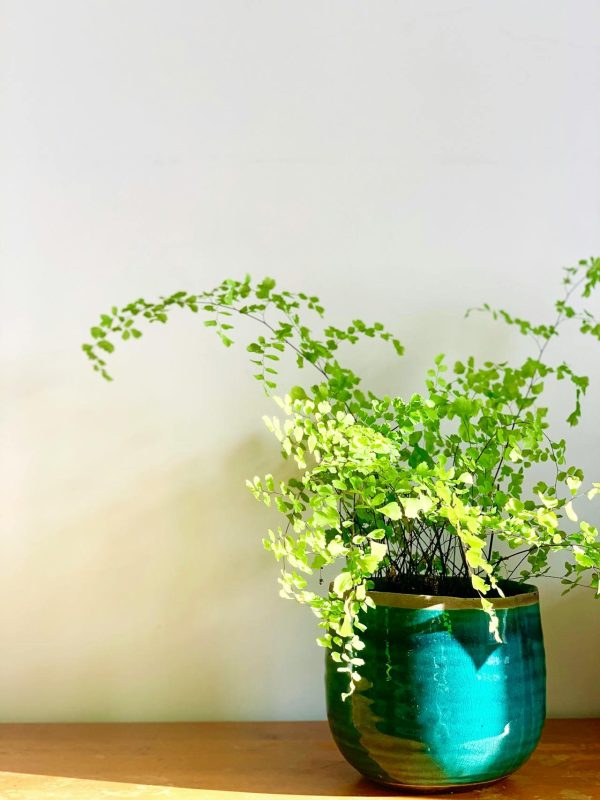
Maidenhair Fern is recognized for its delicate, feathery fronds, and it thrives in humid environments. This plant requires consistent moisture and indirect light, making it more suited for a bathroom or kitchen area. Its beautiful foliage brings a touch of nature indoors and can add a refreshing vibe to winter interiors.
Calathea
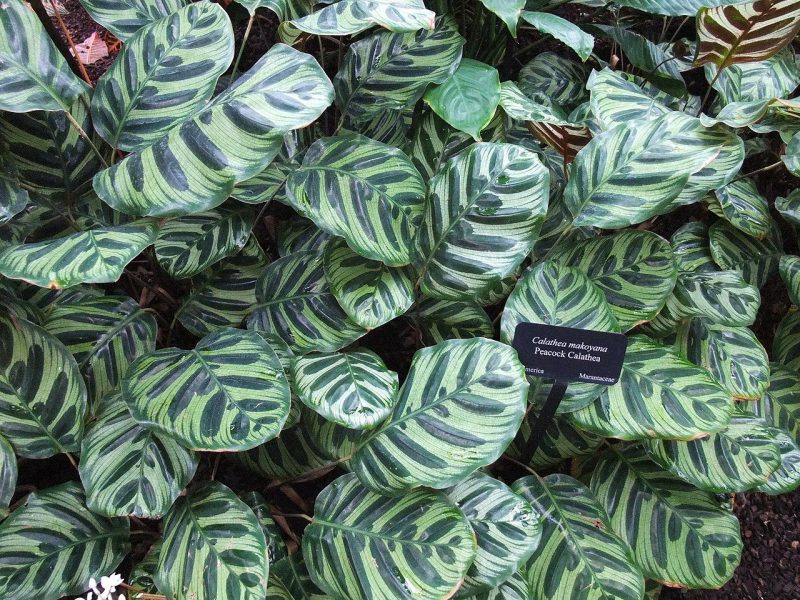
Calathea plants, with their striking leaf patterns and colors, add a unique visual element to your indoor garden. Many varieties prefer medium to low light and require slightly higher humidity levels, making them great for winter when humidity can be low. These plants are not only beautiful but also help to elevate the aesthetics of any room, bringing life to otherwise dull winter spaces.
Conclusion
As we navigate the chill of winter, these 20 additional indoor plants stand out for their ability to thrive in cooler, dry climates or to produce vibrant blooms during the season. Whether you’re looking for hardy succulents like Jade Trees and Goldfish Plants or the festive winter color of Cyclamen and Amaryllis, each of these plants adds a distinct touch to your indoor environment.
Incorporating any of these options into your home will not only enhance your decor but can also serve to improve air quality, boost your mood, and create a harmonious, green oasis to counter the winter blues. So, whether you’re adding to your existing collection or diving into the world of indoor gardening for the first time, these winter-friendly plants will certainly brighten up those cold months.



